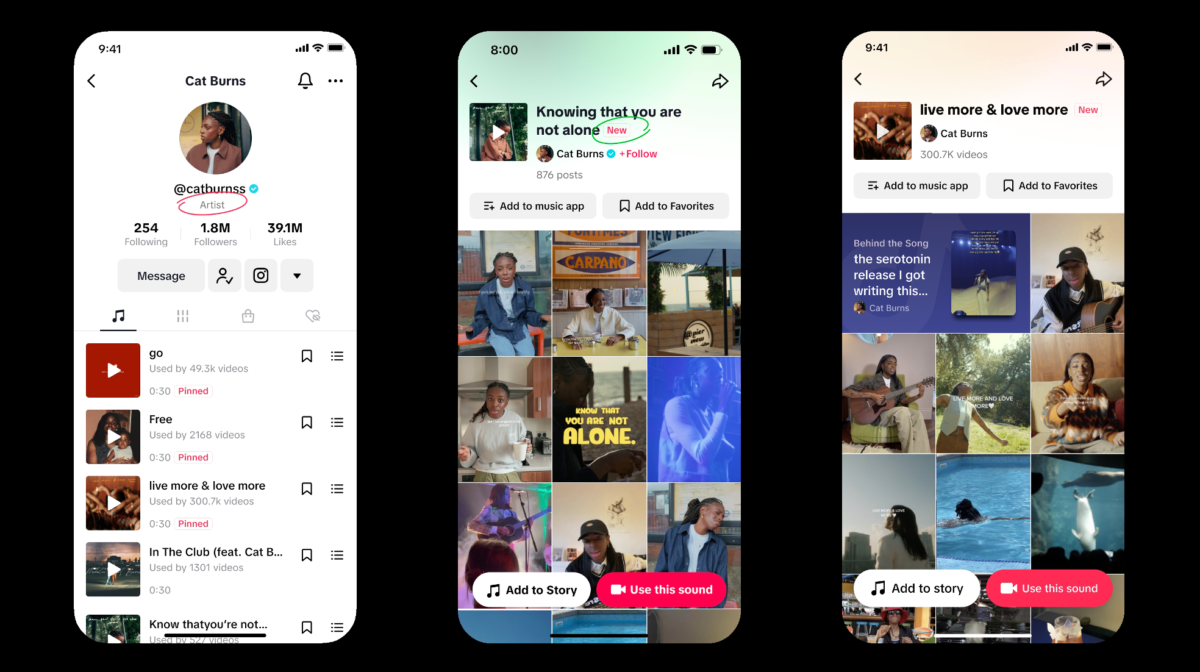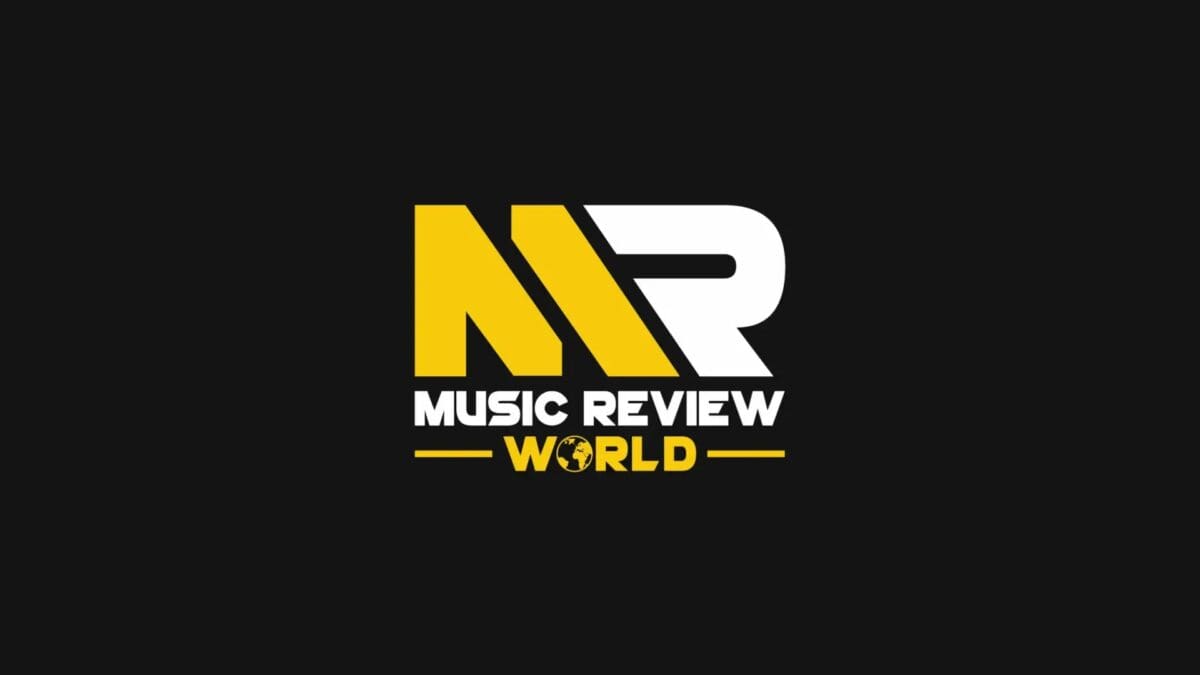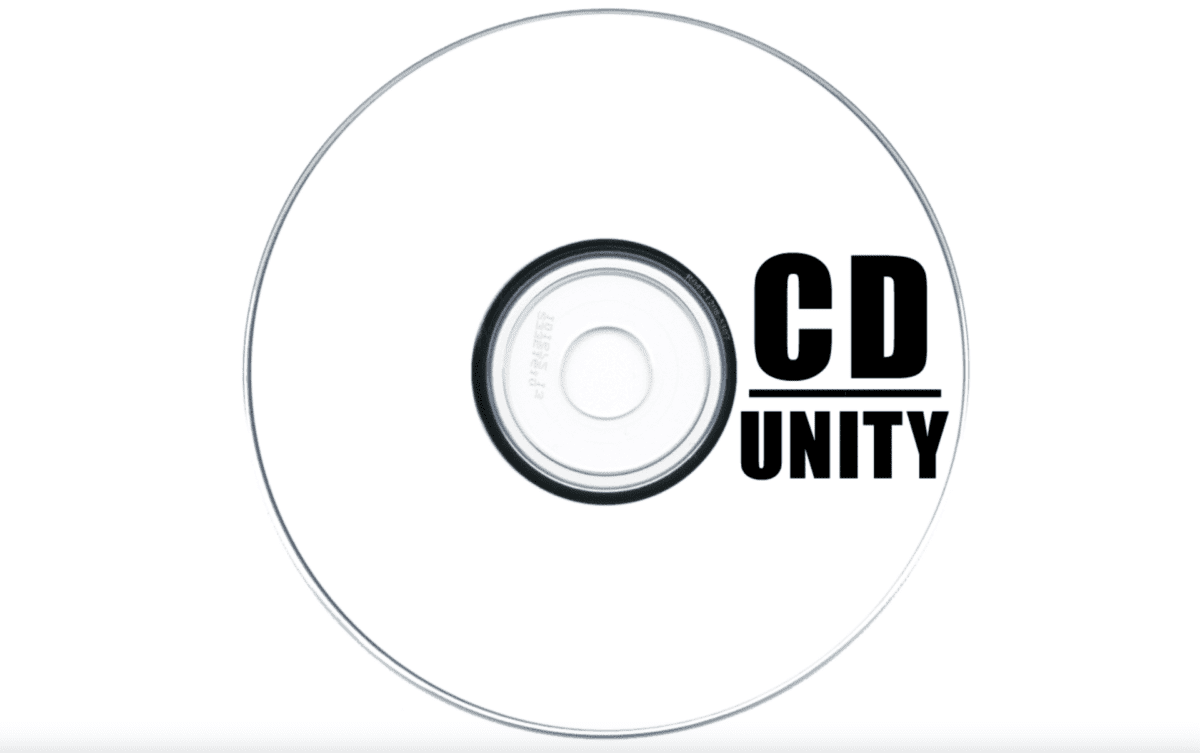The history of the guitar’s place in jazz music is a long and often confusing one. Since the early days of jazz, the guitar and jazz guitarists were important parts of the jazz ensemble, belting out the chords which tied the harmony together. During the swing era, in particular, a guitarist was regularly seen alongside the brass. However, as the more solemn and introspective bebop style gained popularity following the end of WW2, the guitar fell out of favour for many, before being catapulted to centre-stage with the advent of jazz fusion. Here, we dissect the role of the guitar in jazz music by identifying the best jazz guitarists and running through the greatest jazz guitarists of the 20th Century.

Eddie Lang (1902-1933)
Coming to prominence during the era of rapid technical advancements, Eddie Lang was amongst the first players to use the amplification potential of the electric guitar to transform it into a solo instrument. Prior to the 1930s, jazz guitarists were generally restricted to playing chords and accompaniment, as the low volume of the acoustic guitar simply couldn’t cut through with solos and melodies. Lang was himself the son of a Philadelphia instrument-maker, and despite his first instrument being the violin, he soon transitioned to the electric guitar. In his short life, he went on to record with the Paul Whiteman orchestra and Bing Crosby and has since been remembered as the father of jazz guitar.
Freddie Green (1911-1987)
As a teenager in New York in the 1920s, the orphaned Freddie Green had built up a reputation good enough to attract the attention of legendary talent scout and record producer John H. Hammond. On this recommendation, Hammond’s friend Count Basie attended one of Green’s gigs in 1937, and from that point onwards, Green would be a permanent fixture in Basie’s ensemble for the next 50 years. He appeared on countless studio and live recordings with Basie, and his rapid chord changes and highly rhythmic playing set the template for jazz guitar in the big band era.

Django Reinhardt (1910-1953)
Meet jazz guitarist Django Reinhardt. The king of gypsy jazz and an enduring icon of the guitar, Django pioneered guitar-centric jazz composition and introduced gypsy and European flavours into American jazz. At the age of 18, Django lost the use of all but 2 of his fingers in a fire, after which doctors thought he would never play guitar again. This didn’t deter Django, who slowly reworked his technique to accommodate his disadvantages. Whilst he took cues from swing guitar masters such as Lang, Reinhardt honed a style that was totally his own.
Charlie Christian (1916-1942)
Instrumental in the transition of swing into bebop, Charlie Christian’s performances with Benny Goodman introduced a complexity, virtuosity, and improvisation that had rarely been heard on the electric guitar. Christian’s flair won over many guitar detractors, and his musical style went on to influence not only a generation of jazz guitarists, but many of the early proponents of bebop such as Dizzy Gillespie, Charlie Parker, and Thelonious Monk. Some historians even suggest that Christian coined the term “bebop”, after the way he would hum and scat along as he played.

Tal Farlow (1921-1998)
Utilising novel techniques such as artificial harmonics and guitar percussion, Tal Farlow redefined the sound of jazz guitar. Effortlessly displaying technical mastery, Farlow weaved long, unpredictable melodic lines that moved beyond the accepted standards set by the likes of Lang and Christian. Over his rather short and interrupted career, he worked with Charles Mingus and Artie Shaw before focussing on mostly solo projects, and Farlow will be forever remembered as one of the all-time greats of jazz guitar.
Wes Montgomery (1923-1968)
Wes Montgomery carved out a hugely distinctive sound during the 1960s, using delicate guitar lines to lead velvety-smooth compositions which often included elements of contemporary pop. Montgomery’s technique was also unique, relying on octaves, stroked with the edge of the thumb as opposed to a plectrum or fingers. As a bandleader, he was a prolific recording artist, producing some great interpretations of pop hits by the likes of the Beatles, as well as recording with his brothers Buddy and Monk. His pop covers were often accompanied by lush string sections and chilled beats, heralding the coming of smooth jazz.

Jim Hall (1930-2013)
After making a name for himself in the cool jazz ensembles of Chico Hamilton and Jimmy Guiffre, Jim Hall’s work with pianist Bill Evans during the 1960s are regarded as jazz masterpieces, displaying a complexity in improvisation and novel takes on jazz standards. Hall performed with all manner of bandleaders throughout his lifetime, from Ella Fitzgerald to Sonny Rollins and Quincy Jones, but it is his 1975 album Concierto that he is remembered for. Featuring a 19-minute jazz arrangement of the Joaquin Rodrigo classical guitar opus, this album is the pinnacle of Hall’s style and showcases his use of the silence between the notes, which are often as moving as the notes you hear.
John McLaughlin (1942-)
Paving the way for British jazz guitarists is John Mclaughlin. Mclaughlin had a deep admiration not only of jazz but also of Indian classical music and rock. His ability to marry the three disparate styles won him a legion of admirers and caught the attention of Miles Davis. Mclaughlin’s performances on Davis’ late-‘60s epics, in particular Bitches Brew, display an unhinged originality that would make Mclaughlin a prophet of jazz fusion. After leaving Davis’ band, he formed the Mahavishnu Orchestra, further developing his otherworldly playing and incorporating unorthodox instrumentation such as the double-neck guitar and the sitar.

Mike Stern (1953-)
Another Miles Davis acolyte, Stern cut his teeth in seminal jazz-rock group Blood Sweat & Tears, spending 2 years with the group in the 1970s. From then on, Stern’s career and style have been decidedly within the sphere of jazz fusion. He worked with Billy Cobham on his fusion albums before being recruited by Davis. Throughout the 1980s, Stern was a relentless and in-demand touring guitarist, performing live with Davis as well as Jaco Pastorious and Michael Brecker, alongside releasing his own solo material.
Pat Metheney (1954-)
One of the most recognisable voices in modern jazz, Pat Metheney’s glossy, bright jazz sound has incorporated elements of Latin jazz, rock, and folk throughout the years to create his unique sound. Metheney has also been known to utilise innovative technology in his performances, such as synthesisers, guitar synths, and a ridiculous 42-string beast made especially for him. Metheney is surely one of the most influential jazz guitarists of all time, and his sound can be heard from David Bowie’s ‘This Is Not America’, to Joni Mitchell, to Steve Reich’s avant-garde classic ‘Electric Counterpoint’.

Final Thoughts
Whilst the guitar is not always the first instrument one thinks of when one thinks of jazz, the genre has been littered with hugely talented and innovative guitarists since its inception. This is not an exhaustive list. If you wish to learn more about jazz guitarists from the era, perhaps consider searching ‘eddie duran jazz guitarist’ and for more contemporary jazz guitarists, searching the likes of ‘mike walker jazz guitarist’ wouldn’t be a bad shout.
Either way, we hope that you’ve found this article interesting and insightful and that you now have a sound knowledge of the greatest jazz guitarists of the 20th Century.
Are You A Musician Or Artist?
Get Free Music Distribution and find opportunities to get your music in film, TV, and more through sync licensing. Plus get Music Supervision, Music Publishing, Music Marketing, Artist Development and utilize our Free Artist Websites and Rap Name Generator. Finally, you can amplify your music to those that need to hear it with music promotion, TikTok promotion and professional sharing tool. Why not give the gift of music today with our Gifts for musicians package?
Try all of this out for yourself by joining Мusic Gateway. Get your free trial, no strings attached.










